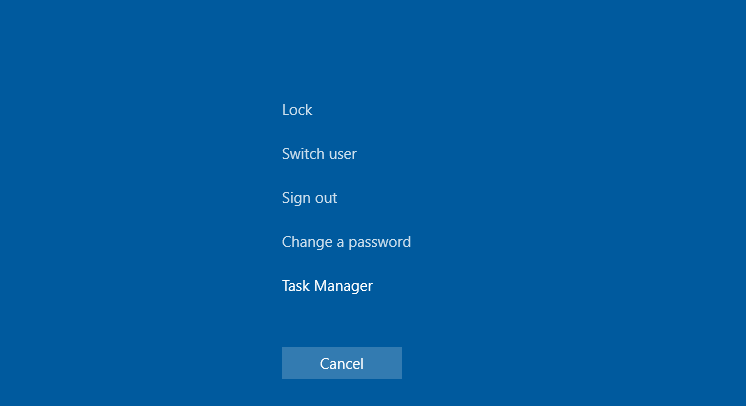
Since it’s so commonly used in Windows, “Control-Alt-Delete” is at the top of the menu. Then whenever you need “Control-Alt-Delete” in a Windows VM, click on the little keyboard status icon to see the many menu item equivalents of key combos. If you use a virtual machine in the Window view, just click on the reveal triangle in the window’s title bar to show the very useful status icons. There is no direct analog to “Control-Alt-Delete” on the Mac. “Control-Alt-Delete” is also used to kill off an application that has hung or is otherwise running amok. (At least Microsoft hopes so and put in a great deal engineering work to make this true.) “Control-Alt-Delete” is used to get the log-on screen so that you can be sure you’re not being spoofed and your password is not being stolen. “Control-Alt-Delete” is the ultimate non-hackable Windows control. Sidebar: Why is “Control-Alt-Delete” so important in Windows? So I’m rather fortunate that an extremely common key combo used in Windows, “Control-Alt-Delete,” has a menu alternative in Parallels Desktop® for Mac.

I would much rather use a button on the Ribbon or choose a menu item than use a key combo. While they are speedy, they’re cumbersome, often require two hands, and for me, are hard to remember.

Unlike fonts-which I can’t get enough of-key combos are something that I just don’t use much at all. Since I have already admitted one character flaw on this blog ( font addiction), I might as well fess up about another: key combos.

See also: How to press Alt Key on Mac and other Windows shortcuts Having problems typing “Control-Alt-Delete” (also sometimes abbreviated as “Ctrl+Alt+Del”) in your Windows virtual machine on your Mac®? This article has everything you need to know about entering this important Windows shortcut.


 0 kommentar(er)
0 kommentar(er)
